|
Happy New Year to you all! May it be filled with lots of stitching time and beautifully embroidered eye candy. With the latter, I can help :). My November travels have supplied me with lots of inspiring medieval embroidery from Northwestern Europe that I will share with you in the coming months. I have also acquired two medieval orphreys which we will explore as soon as I have found a box that can house them once they are free of their frames. We will start the new year with an interesting chasuble I encountered at the Dommuseum Frankfurt. The museum is housed in the historical cloisters and is well worth a visit as many medieval vestments are on permanent display and you are allowed to take pictures. From the above pictures, you can tell that this green chasuble contains four different textile adornments: embroidered angels (around AD 1350, Cologne), embroidered chasuble cross (2nd quarter 15th century, Cologne or Middlerhine area), a woven Kölner Borte (mid 15th century, Cologne) and a woven golden border (19th century). When the chasuble changed its shape to the more modern fiddleback form, the textile adornments were simply cut off. The original green chasuble had a much wider shape and was adorned with embroidered musical angels and probably a simple golden forked cross. Probably over time and not all at once, the embroidered chasuble cross, the column made of Kölner Borte and the woven golden border were added. The mid-14th century embroidered angels carry either the coats of arms of the donors or a myriad of musical instruments (fiddle, portative organ, shawm, mandora, psaltery, harp, bagpipes and rebec). The donors have been identified as Cologne merchant and councillor Johann vom Hirtze and his wife Agnes Hardevust. Their son was a priest who donated vestments to a number of his churches. It is even likely that this chasuble is named in his will. The angels are very finely embroidered with 38 parallel gold threads per cm. The gold threads follow the contours of the design. The angels are between 10-12 cm tall and have cotton padding to plump up their faces and bodies. The fact that not the cheaper membrane gold and the expensive (rare and exotic) cotton padding were used, points to a very costly embroidered vestment. The red and blue chenille outlines were added at a later date. Originally, the outlines were made of thick red silk. The angels' hair is made with small embroidered knots in flat silk. The embroidered chasuble cross was made around AD 1425-1449, about 75-100 years later than the musical angels. It has nothing to do with the original donors from Cologne. As there are no comparable pieces, it isn't even certain that it was made in Cologne. The chasuble cross shows the Adoration of the Magi at the top (the scene is cut to fit the new chasuble shape, look at the gifts the Magi hold) and Saint John and Saint Peter below (also cut). The third Magi can be found just below the central scene. The embroidery is exquisite. The gold thread is of high quality, the split stitching is fine and fresh-water pearls were added for extra bling (most have fallen off as the whole rim of the nimb would have been covered too). The gift the Magi is holding is also very interesting. It has shaped spangles that form the tiles on the roof of his house-shaped box. The embroidery of this chasuble cross is thus also very costly. The movement in the figures also points to a high-end designer. Probably a local draftsman and not the embroiderer himself.
That's the first eye candy of the year! Finally, I have been able to finish the new self-paced online course on the embroidery of the 11th-century Wolfgang chasuble. It comes with video instructions and a full kit with real gold thread (this makes up about half of the quoted price; there is no such thing as wholesale when it comes to these small batches of very high-end materials). As always, I make batches of 10 kits and will start to make a new batch when this first one sells out. As there are two designs on the chasuble, a bird and a quadruped, you can either buy a kit for one design or a kit for both designs. You will get the instructions for both. You can also add a medieval transfer kit to your order. The video instructions show you how to use the traditional prick-and-pounce method with iron gall ink. However, you can use the transfer method of your preference too. Literature Stolleis, Karen (1992): Der Frankfurter Domschatz: Die Paramente. Liturgische Gewänder und Stickereien 14. bis 20. Jahrhundert. Band I. Frankfurt am Main: Waldemar Kramer. This is an excellent museum catalogue. Most pictures are in black-and-white, but the descriptions are detailed with lots of literature links. It has been long out of print, but can be found second-hand.
2 Comments
|
Want to keep up with my embroidery adventures? Sign up for my weekly Newsletter to get notified of new blogs, courses and workshops!
Liked my blog? Please consider making a donation or becoming a Patron so that I can keep up the good work and my blog ad-free!
Categories
All
Archives
July 2024
|
Contact: info(at)jessicagrimm.com
Copyright Dr Jessica M. Grimm - Mandlweg 3, 82488 Ettal, Deutschland - +49(0)8822 2782219 (Monday, Tuesday, Friday & Saturday 9.00-17.00 CET)
Impressum - Legal Notice - Datenschutzerklärung - Privacy Policy - Webshop ABG - Widerrufsrecht - Disclaimer
Copyright Dr Jessica M. Grimm - Mandlweg 3, 82488 Ettal, Deutschland - +49(0)8822 2782219 (Monday, Tuesday, Friday & Saturday 9.00-17.00 CET)
Impressum - Legal Notice - Datenschutzerklärung - Privacy Policy - Webshop ABG - Widerrufsrecht - Disclaimer

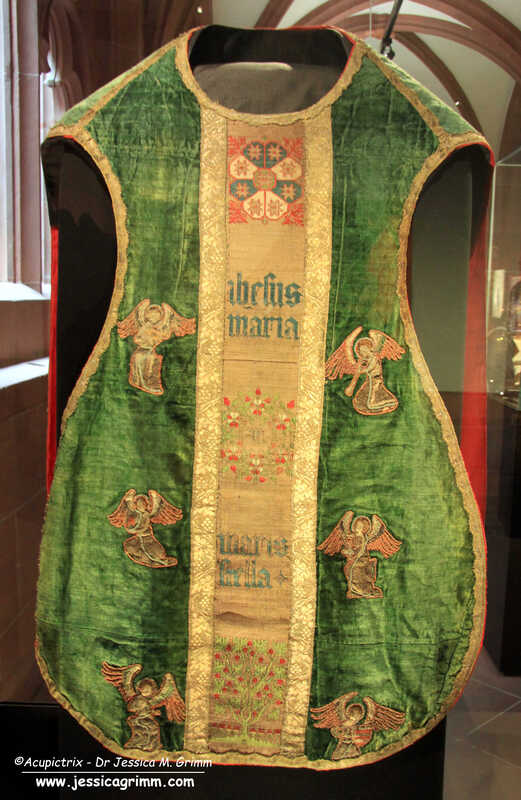
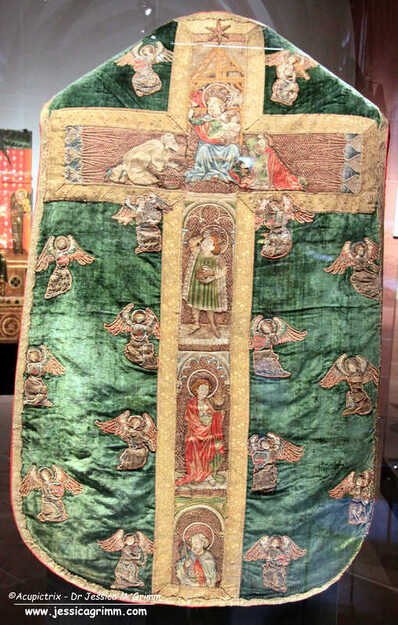
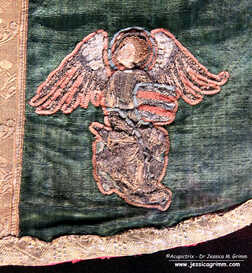
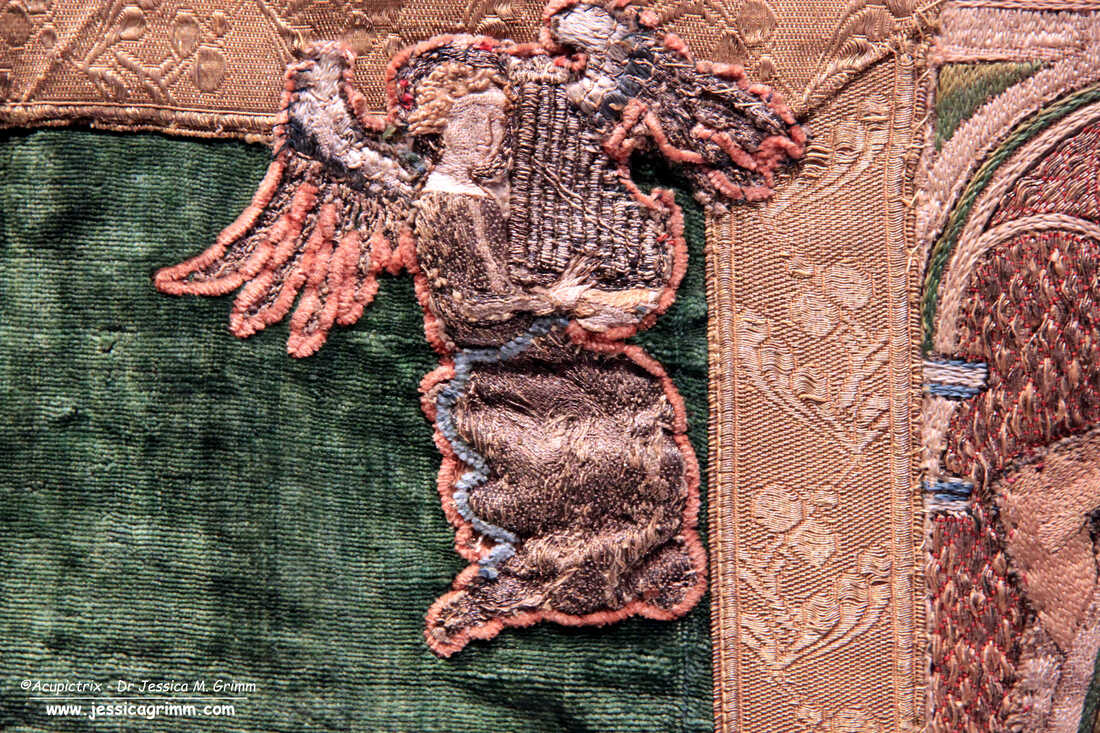
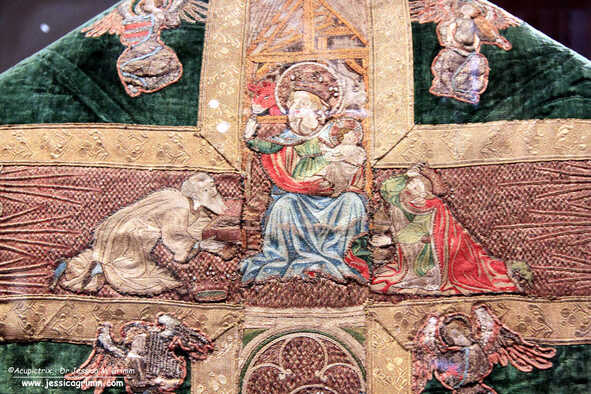
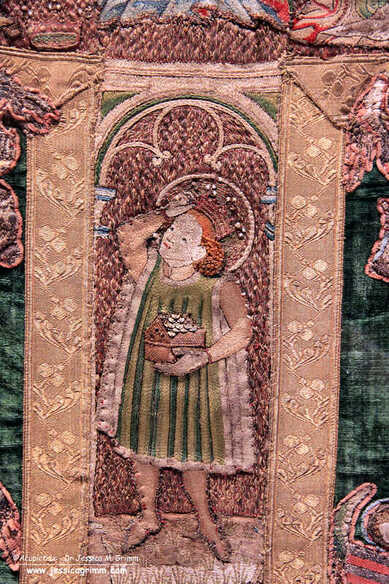





 RSS Feed
RSS Feed